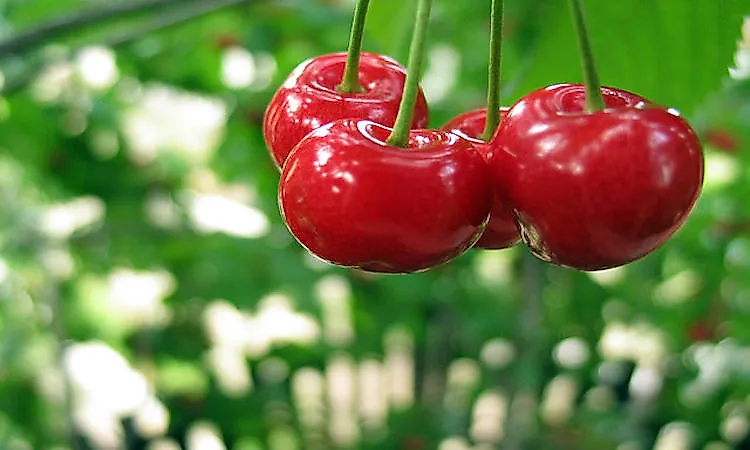The Leading Producers Of Cherries In The World

Cherries are edible fruits with moderate amounts of vitamins they are produced in large quantities by Turkey, the US, and Iran. The cherry fruit grows from several plants classified in the genus Prunus. The fruit is small and round and appears purple or red when ripe. It contains a stone, and it has a soft texture. The name Cherry also denotes the cherry tree which grows to a hight of 9 meters. Cherries are indigenous to Europe and Asia and have been introduced in other parts of the world.
Uses And Benefits Of Cherries
Cherries are packed with essential elements needed by the body including antioxidants, vitamins, carbohydrates, and minerals such as potassium, zinc, calcium, manganese, phosphorous, and iron. Health benefits derived from consuming this fruit range from weight loss to fighting cancer, gout arthritis, blood pressure, headaches, neurological ailments, aging, and heart disease. Cherries are an excellent source of fiber which aids in digestion. The fruit is versatile and can be consumed raw, added to food as well as strained for juice. The cherry tree is highly valuable because of its rich grain and exotic color. It is widely used in the furniture industry.
Cultivation Of Cherries
The fruit cultivated are of two species namely sweet cherry and sour cherry. Cherries thrive in cold climatic condition and well-drained soils whose pH ranges from 6.0 to 7.5. Propagation during cultivation is mainly done through the grafting method by use of root cuttings or seeds. Cherry is chilled for 1200 hrs to 1500 hrs in winter and planted in autumn. Seedlings emerge in the spring season.
The first crop of fruit is produced when the tree reaches three or four years, and it takes seven years for the tree to reach maturity. The plant thrives in areas receiving an annual rainfall of 100 to 125 cm. In areas receiving less rainfall, irrigation is implemented primarily during fruit development to maintain ideal levels of moisture. Throughout growth, cherries are susceptible to several pests such as the cherry fruit fly, black cherry aphid, cytospora, and bacterial canker.
Production Of Cherries
Production of cherries is a relatively expensive undertaking due to costs arising of irrigation, labor, and spraying. Cherries are vulnerable to hail, frost, and rain and the costs of mitigating these factors further increase the total costs. During harvesting, handpicking or mechanized shaker is the most common method used. Care is taken to prevent damage to both the tree and fruit.
Top Cherry Producing Countries
Turkey takes is the largest cherry producer, with production totaling to 480,748 metric tons. The country is ranked third by cherry exports, and it generated $122 million in 2015 from cherry exportation. Turkey’s biggest markets are Russia and Germany. The US follows closely with a production of 384,646 metric tons. The leading states in cherry production in the country are California, Michigan, Oregon, and Washington. The US produces sweet and tart varieties of cherry. The country exported cherries valued at $536.84 million in 2014. Iran and Italy are other world top producers, producing 200,000 and 104, 766 metric tons respectively.
The Leading Producers Of Cherries In The World
| Rank | Country | Production (in metric tons) |
|---|---|---|
| 1 | Turkey | 480,748 |
| 2 | United States | 384,646 |
| 3 | Iran | 200,000 |
| 4 | Italy | 104,766 |
| 5 | Spain | 98,400 |
| 6 | Chile | 90,000 |
| 7 | Uzbekistan | 84,000 |
| 8 | Syria | 82,341 |
| 9 | Ukraine | 72,600 |
| 10 | Russia | 72,000 |
| 11 | Romania | 70,542 |
| 12 | Greece | 60,300 |
| 13 | Poland | 41,063 |
| 14 | Austria | 38,680 |
| 15 | China | 35,500 |
| 16 | France | 30,440 |
| 17 | Germany | 23,005 |
| 18 | Lebanon | 22,500 |
| 19 | Serbia | 22,213 |
| 20 | Bulgaria | 19,512 |











